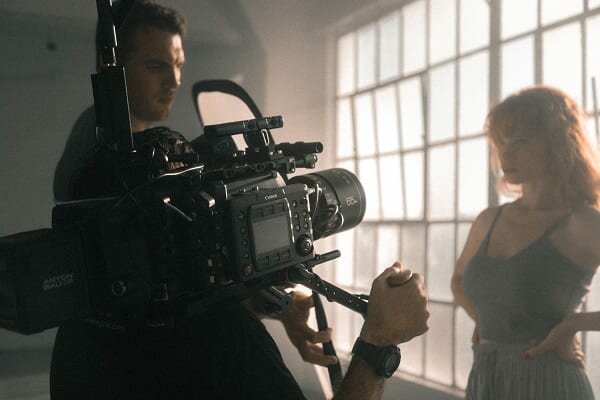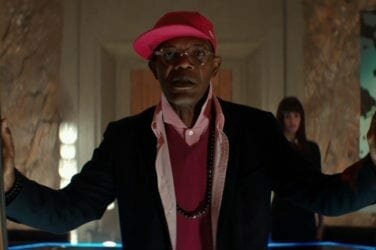So, your director has asked you to make your performance “more real”, or “more believable”, how as actors are we supposed to interpret that? Well, I’m hoping to shed some light on how to do just that!
There are many techniques out there that hope to utilize the actors physicality and emotions to drive the performance, but unfortunately, many of those techniques are highly dangerous for an actor’s mental health.
What if there was a technique out there that achieved all this without sacrificing your personal mental health? Well there is! It’s called The Warner Loughlin Technique!
Developed by Warner Loughlin, this technique teaches the actor how to go inside the mind of the character and experience emotions and life through the character’s eyes, all without putting the actor themselves into any danger.
How does it do that, you might ask? By creating artificial memories for the character, and through those memories, unlocking what Warner calls the character’s “Base Human Emotion”.
A Base Human Emotion is a need or fear a person may have derived from a very early childhood memory that, throughout their lives, impacts the way a person thinks, speaks and interacts with other people at any given moment.
Now Harmonie, how does knowing this information help me to make my performance believable? Great question! Let me tell you!
When you unlock a characters Base Human Emotion, or BHE for short, you have a better understanding of how the character tics. What might trigger them? How might they respond in a stressful situation? A peaceful one? All this information can be unlocked once understanding the BHE.
This information, as well as the created memories, can assist you in truly understanding the inner workings of your character in real time.
Creating memories for your character is essential in this process. In order to best understand your character, you need to know what sort of life they led. Did they grow up in a loving household, or a neglectful one? Do they have siblings? What sort of education do they have, etc?
All of these aspects of The Warner Loughlin Technique are crucial because when you understand the lifestyle of your character and their background, you can better empathise with them which in turn helps you to react as they would.
Another brilliant part of this technique is that, because all the information you have created about your character is imaginary, any new information that comes in can easily be added, or replace, any information you already created.
This is helpful because your brain is able to disassociate this information from your real life experience and is less likely to cause you trauma in the long run.
When you approach a scene from this perspective, unlocking your character’s past and understanding their inner workings and thought processes, you are able to better step into their shoes and portray them truthfully.
You not only walk through the memories in real time, which helps you to experience them with the character, but you are able to access the ability to respond with emotion the way they would.
When following this technique, the actor is expected to go into a scene without any prior interpretations, but rather let the scene and character work “do the talking”.
Having practiced this technique and seen it in action, I am able to say it’s powerful. I never knew such raw emotion and impactful performances could come from creating fictional memories for a character. I had never even heard of doing that before!
I promise, if you follow these guides to unlocking your character and empathising with them, you will always have the upper hand in cultivating creative performances that will have your audience engaged every step of the way.
















